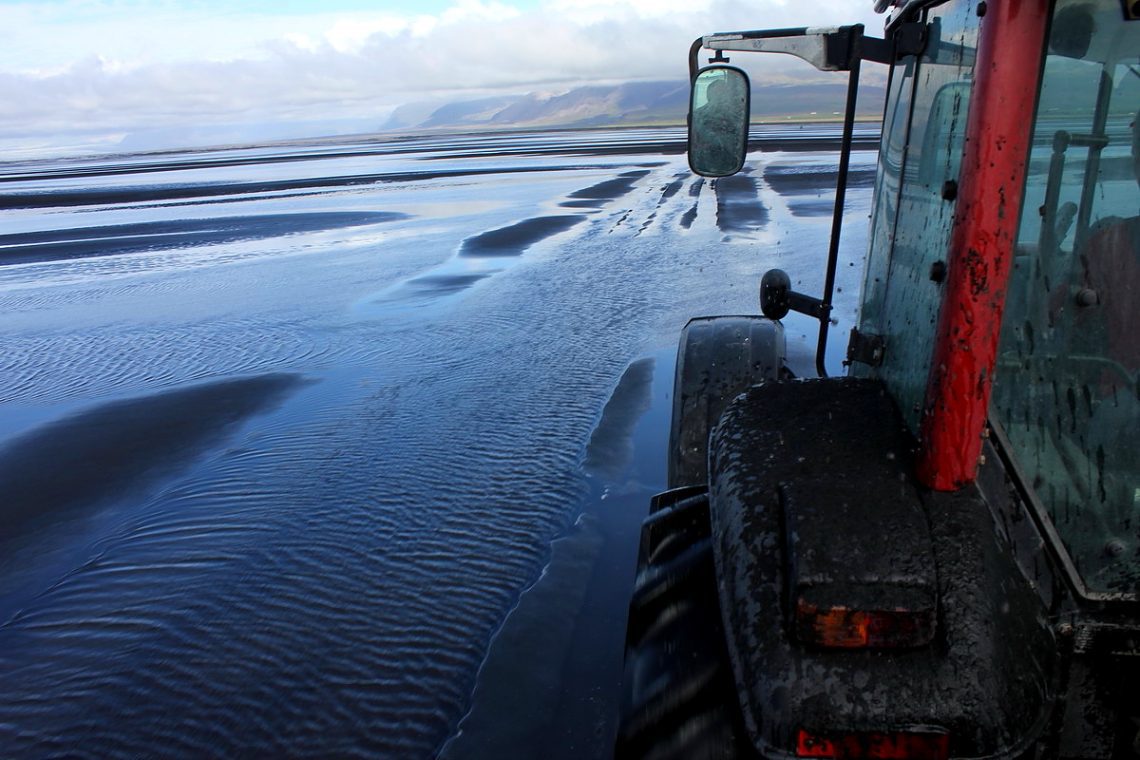Looking at the unearthly landscape and sensing the much cooler climate, it felt like we were arriving on a distant continent when landing in Reykjavík. It was hard to believe even a couple of days later that that we were still in Europe.
Traveling in Iceland is like stepping into a fairy tale: the weird stone figures, the mossy landscapes, bubbling geysers and the angry volcanos transfer us to a mythical world. It is not a bit surprising that the locals still believe in elves, dwarfs and other spirits. While they might be a bit ashamed of their beliefs, you will see in almost every garden tiny houses just in case the dwarfs come along.

We began our tour with the classic Golden Circle. Our first stop was in Thingvellir, where the indigenous vikings founded their first parliament in 930 BC. The national park has been listed as a UNESCO world heritage site. It is a wonderful area with creeks, mountains and peacefully hiding little houses and churches.

Football or geyser eruption?
Our next stop was at the Gullfoss waterfall, which roars as loud as a Boeing taking off at close distance and our third stop was at Geyser, after which all the geysers in the world have been named. The main attraction of the area with an obvious stinging, sulfuric smell, is Stokkur, the tourist-friendly geyser. It trustingly erupts every couple of minutes, so you just have to stand still with your camera ready for that moment.
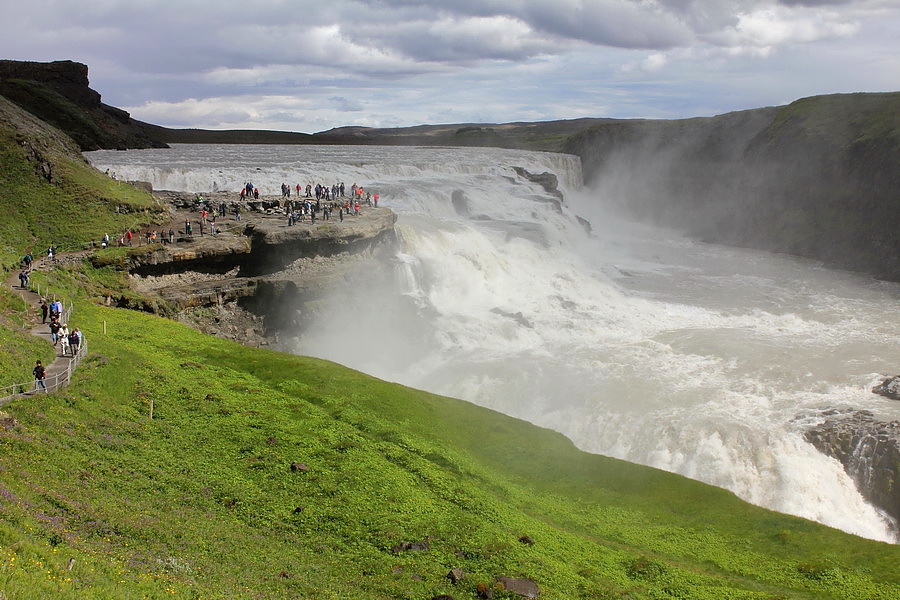
No complaints can be made about the landscape: above the yellow and violet fields are different colored, towering mountains and among the geysers erupting 15-30m high, bubbling lakes are glistening. However, I found it a bit strange that some of the tourists disregarded all this beauty and stayed instead in the car park, fixedly staring at the snack bar’s TV screen. A football match was being shown, and clearly for some this was more interesting than any geyser eruption.
In the next few days, we visited many other waterfalls. The most memorable were: the Seljalandsfoss, where you can walk behind the water curtains, the 62 meters high Skogafoss, Svartifoss which rumbles down from black basalt columns, the Selfoss forming a horse-shoe, and the strongest waterfall of our continent, the Dettifoss. Each one of them is beautiful. Nevertheless, it is true that after exploring Iceland, one doesn’t want to see another waterfall for some time.
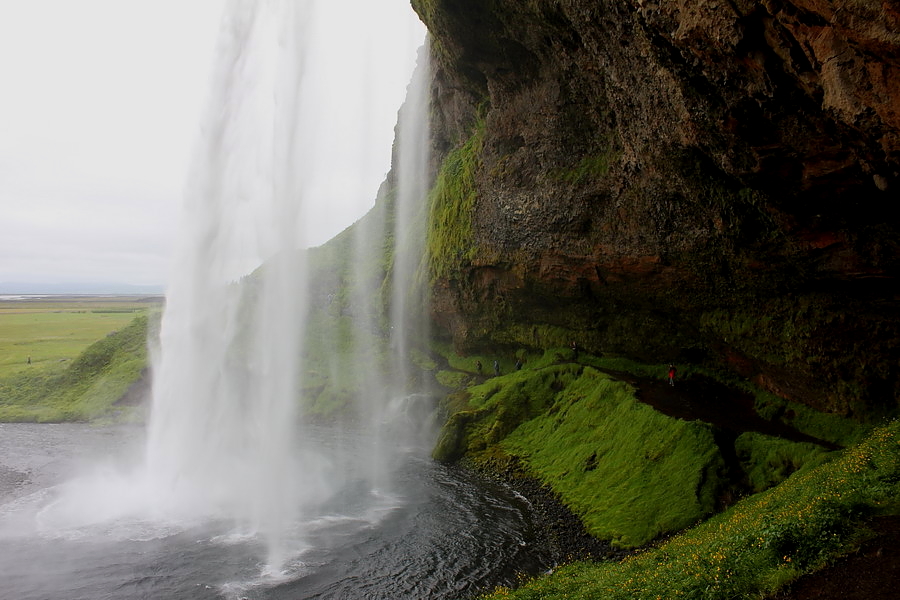
Etnographic collections
There are other sights to see as well, for example the Skógar Museum. The exhibited material was collected by the 90-year old Mr. Tomasson, who started the treasure hunt when he was a teenager. In the beginning, the villagers were astonished at the oddball teenager boy who collected all the junk from the area that was due to be demolished. However, after a while they also chipped in and helped in collecting. The family’s cellar soon proved to be too small for the collection, which was first transferred to the local school’s basement and later, to a separate museum that was built specifically for the exhibits. The collection contains old Bibles, kitchen utensils, dresses, musical instruments, but also whole houses, even a church was moved into the museum’s garden.
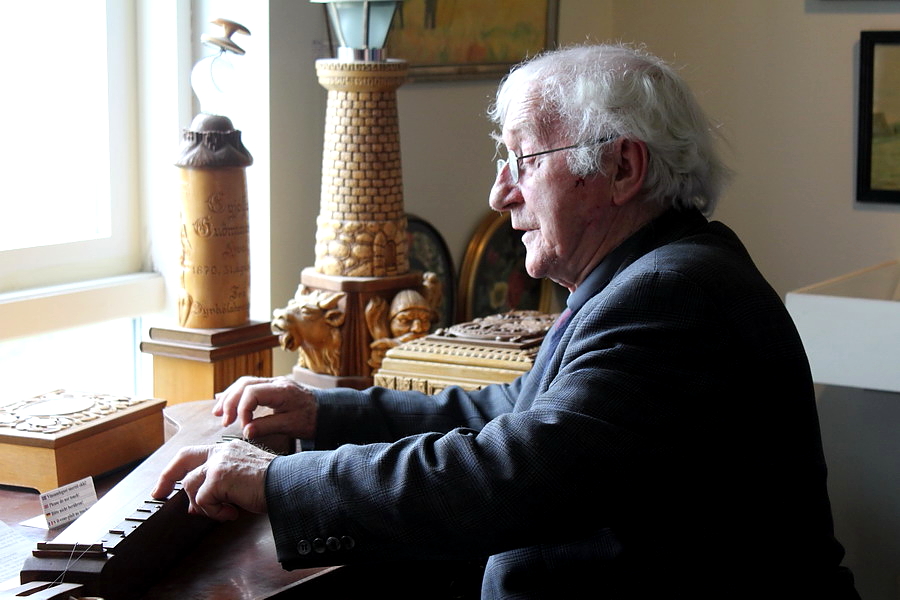
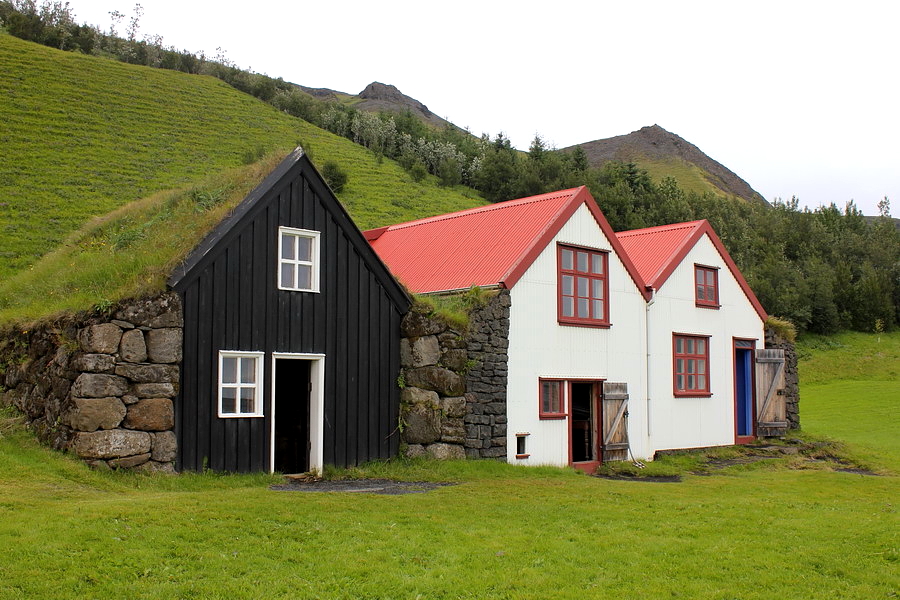
Another ethnographic collection is the Glaumbaer Museum, which is basically an 18th century farm. It differs from Skógar as these houses were not moved from somewhere else, but are standing in their original places in their original condition. These dwellings are real eco-houses with grass on their rooftops, providing superb protection from rain and cold. In the wealthiest houses the bedrooms were painted blue as a symbol of prosperity. The blue paint was the only one which could not have been prepared from natural ingredients, thus it had to be imported and the costs could only have been afforded by the rich.
In Iceland, the landscape changes every hour. You’ll find here the largest lava field on Earth, the black desert, formed as a result of the volcanic eruption in 1783. Black stone blocks are lying all around as far as you can see. Then after a couple kilometers this changes to green and you see soft, wet moss everywhere. One of the most beautiful walking routes leads besides the Fjadrargljufur Canyon. I was ecstatically clicking my camera walking on its ledge.
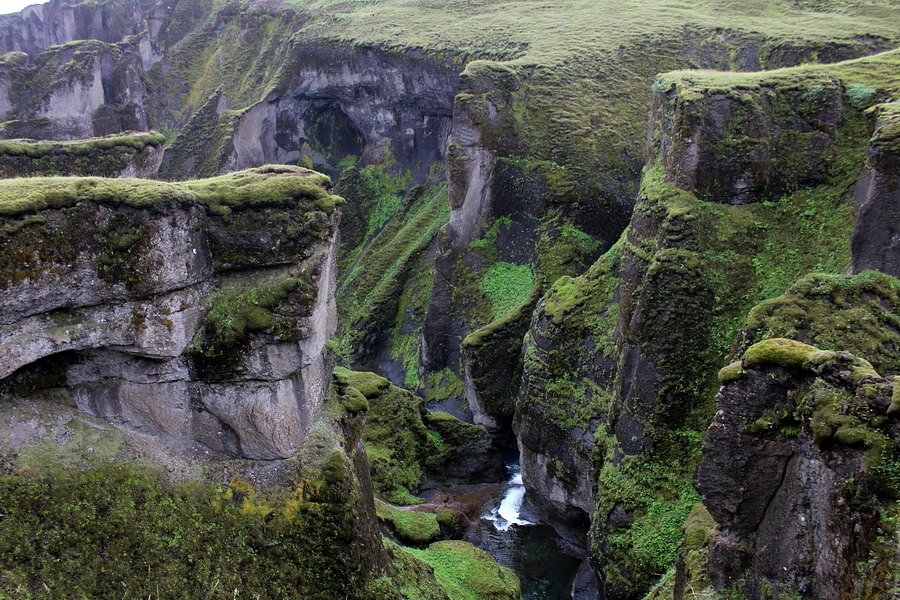
What makes an Icelander angry?
The locals are very likeable, open-minded and friendly. They are prominently educated, the literacy is 100% in the country, the proportion of college-educated residents is distinguishably high, and speaking at least one foreign language is normal. They love arts: almost everyone paints, plays music or designs jewelry. What else can you do during the long winter when the darkness is almost constant?
They are a proud nation, but nonetheless solidary and spontaneous. Their informal manner shows in calling everyone by their first name, even foreigners, chiefs and representatives in high positions (the prime minister or the bishop) too. The locals are also endlessly tolerant with tourists. Practically there are only two things you can do to make them boil with anger: first, when you do not take off your shoes when entering their house (often you are expected to leave your muddy shoes in the lobby, even in hotels), and second, when you do not wash your naked self properly before entering a public bath or swimming pool.
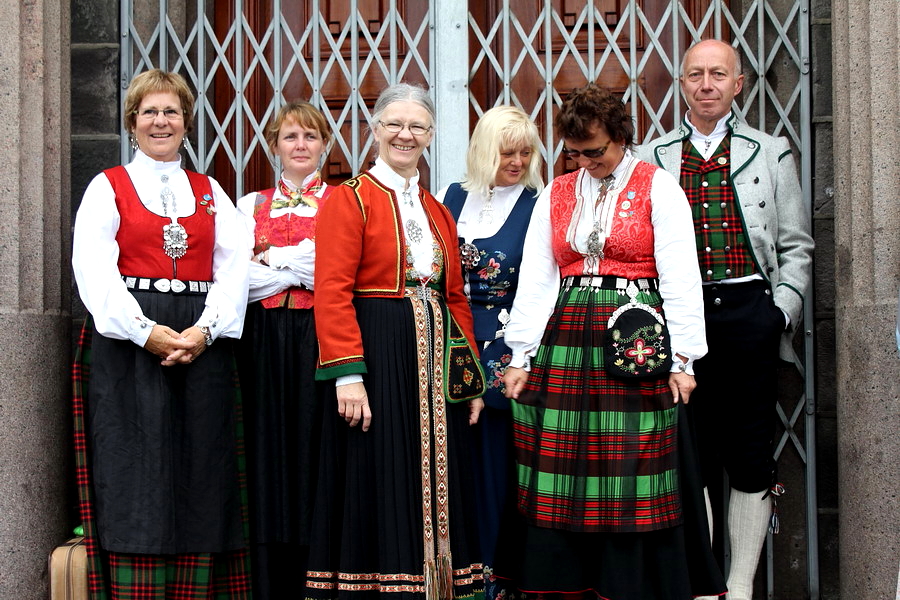
Well, here enjoying a pool is a daily program, and the nature-friendly Icelandic people do not use chlorine, but rather keep their common waters clean. And when it comes to water, the country has so much geothermic energy that, even if everything else is ridiculously expensive, the water and electricity is dirt cheap. It’s quite unusual that hot water comes first when turning on the tap, and you have to wait for the cold; exactly the opposite of how it is back home. In supermarkets we could not find packages of bottled water either. There are only small bottles in the fridge, mostly for tourists as the locals usually do not drink bottled water; they are rightfully proud of their healthy tap water.
Despite the harsh weather I would still love to live on Iceland, because of the high standard of living, social security and the friendly atmosphere. And regarding the weather, as an Icelandic proverb goes: if you don’t like the weather now, wait for five minutes – it will probably get worse.
More bizarre landscapes…
Our most spectacular tour in Iceland was visiting the Cape of Ingólfshöfd. Its landscape with the black sand is barren, haunting and deserted. Although this corner of the island is exciting for its historical sites too, we were more interested in the moon-like landscape and the nesting group of puffins. You cannot reach the cape with any normal vehicle, not even jeeps or land rovers can beat the harsh conditions, therefore we travelled on a special tractor.
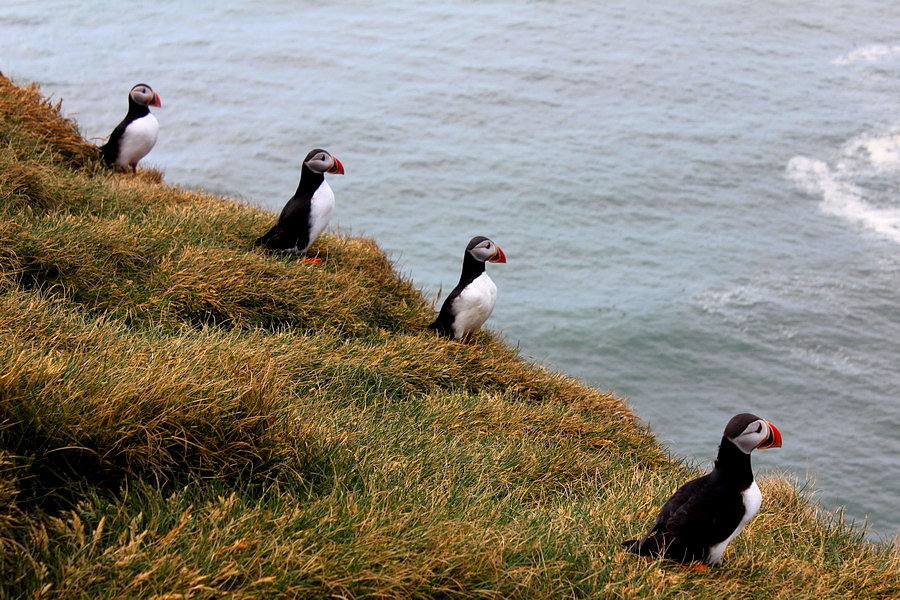
The list of bizarre landscapes is far from complete. You can sail between gigantic icebergs on the Jokulsarlon Lagoon or take a walking tour on a glacier.
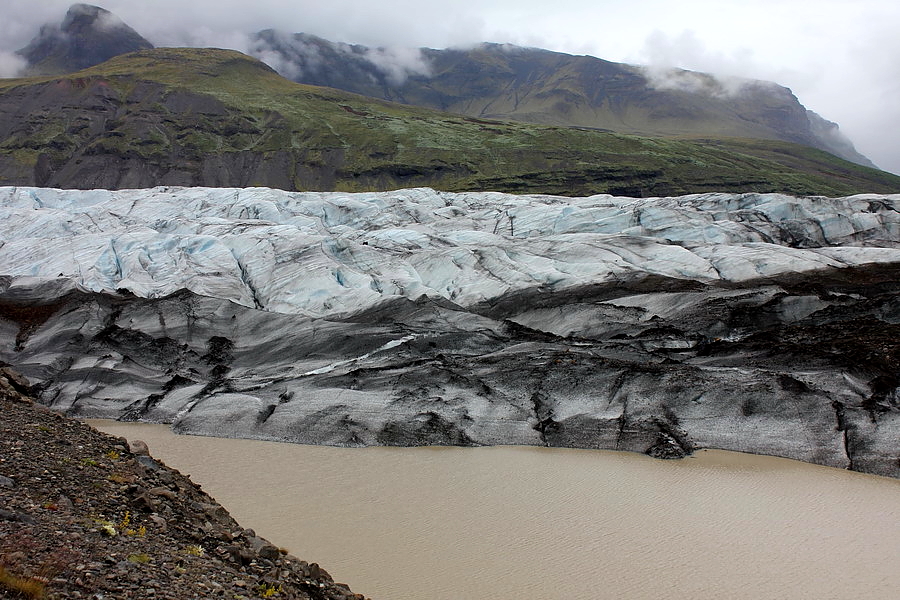
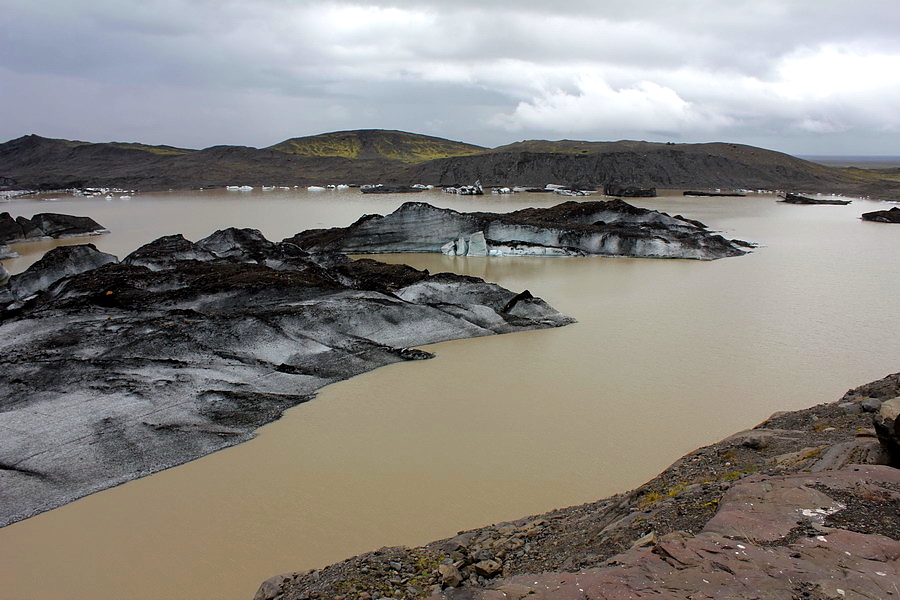
In the north, the island is stunningly unearthly. It is no coincidence that Neil Armstrong and other astronauts practiced here before landing on the Moon. Even the lunar module was tested here. When Armstrong was asked what it was like on the Moon, he just shrugged his shoulders and said “well, like on Iceland”.
I very much enjoyed hiking on the volcanic fields, for example in the Krafla region. This volcano erupted for the last time in 1984, but it is still active and the earth is smoking and bubbling everywhere. It’s exciting to walk in such a lively, colorful, simmering environment where basically the land is formed before our eyes. Nearby the Namafjall Hverir geothermic field can be found, where I was lucky to take pictures of the mini volcanos and the small hot lakes in the blazing sunshine.
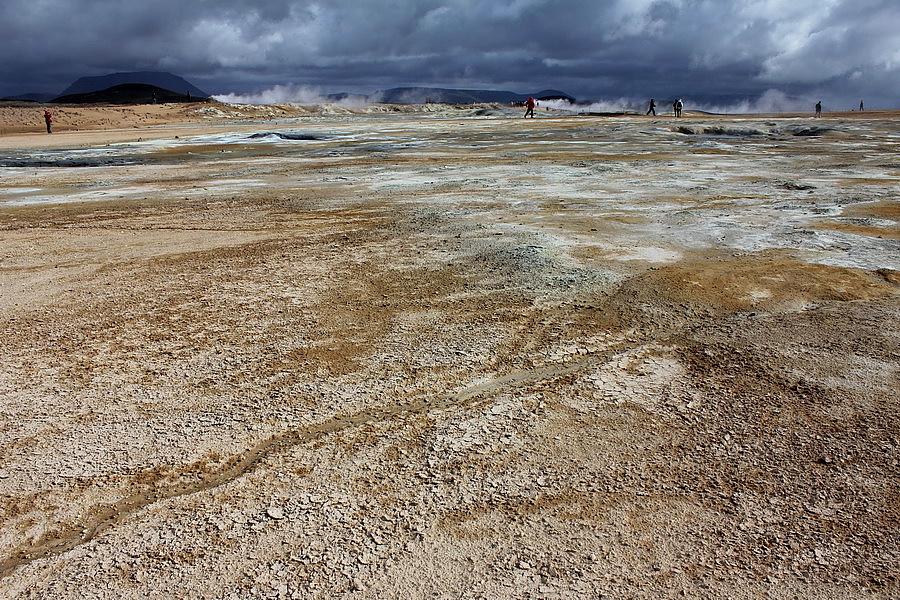
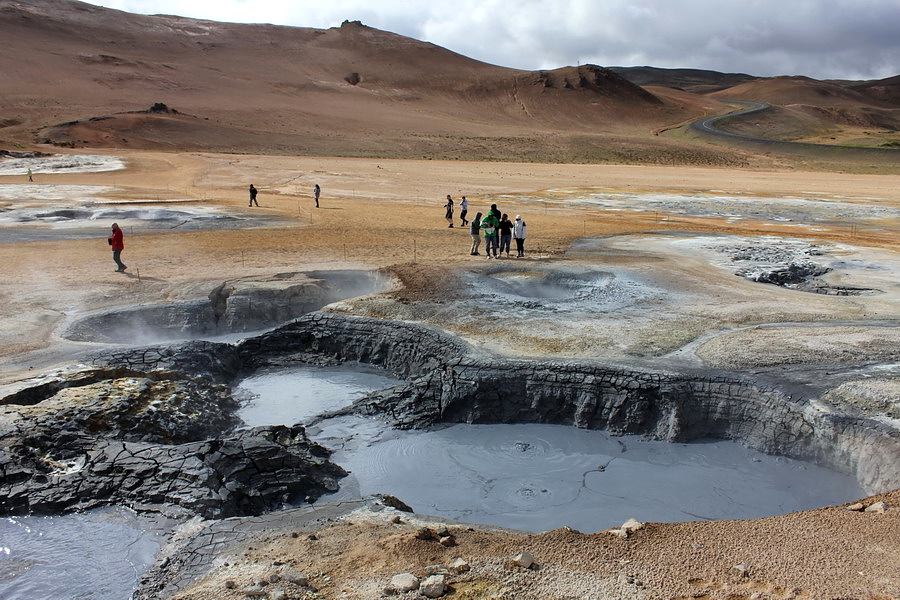
Lake Myvatn is famous for its pseudocraters. At least 50 small islands can be found on the lake that were created by gas eruptions. Here we also climbed up to the ledge of the Hverfell volcano. The 463 meter increase would not be a big challenge in normal circumstances, but in the icy cold wind it felt like we were attempting to conquer one of the 8000m giants.
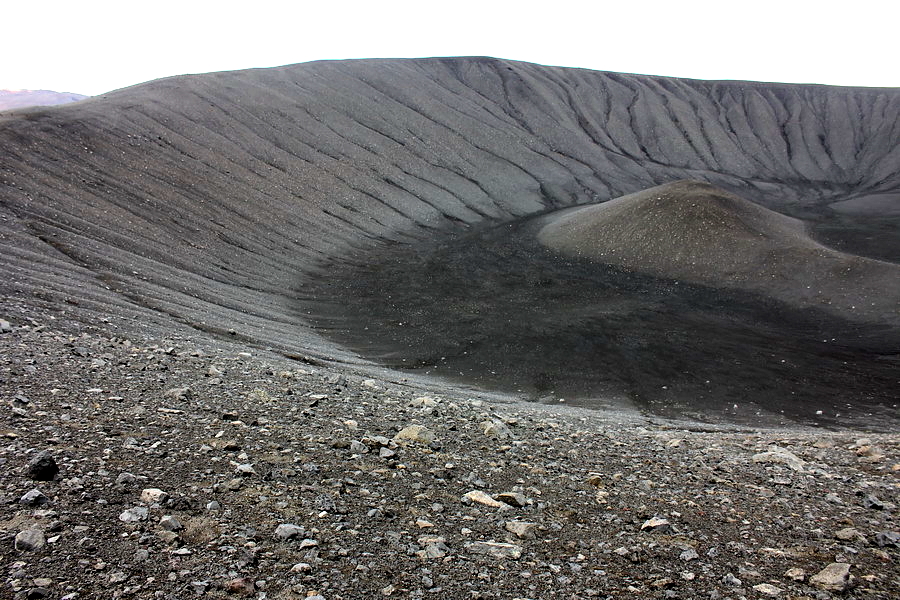
When in Iceland it‘s worth to visit a horse-breeder. The Icelanders are charmed by their horses, and they are so protective of them that no foreign horse can enter the island. Likewise, if an Icelandic horse is transported abroad for an exhibition or any other reason, the horse can never enter the country again.
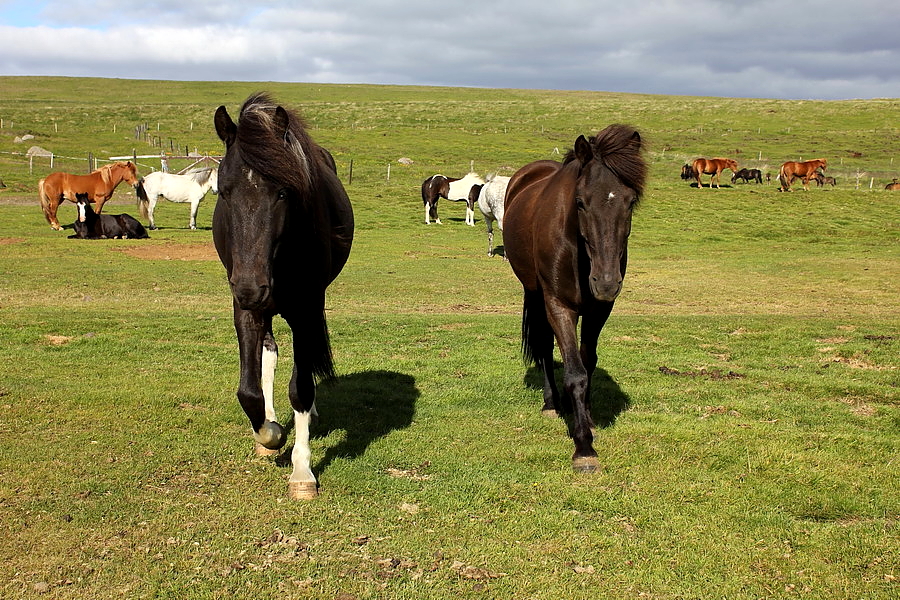
We spent our last day at the Blue Lagoon where, in the middle of the grim lavafield, is a fantastic hot-water lake. The visitor center was already an experience in itself. Every visitor gets a magnetic wristband as their locker key, and one can find many showers, clean locker rooms, and a panoramic cafe to enjoy the spa view. We were soaking in the mildly salty water for hours to take in the wonderful view.
It was a hot day in August. The thermometer showed almost 15°C. The locals happily stood in line for ice cream wearing flip-flops and shorts. I also carefully took off my gloves and unzipped my coat.
I think that no other place on Earth can offer you such a close glimpse and feel of nature’s power than Iceland. I, at least, never before felt so small in the world. At the same time I also learned that you don’t have to be afraid of natural forces. The Icelanders learnt to live close to volcanos, the harsh weather, the floods. They protect their nature and treat it wisely with respect. That’s the secret that is worth learning from them.

